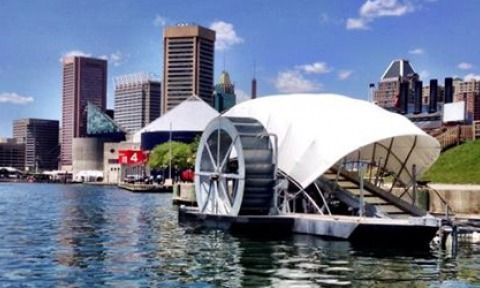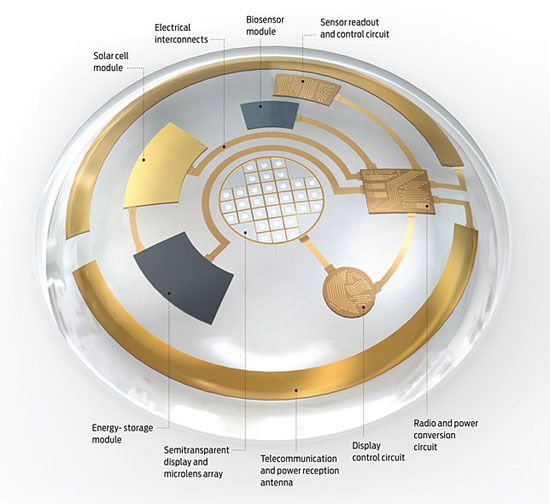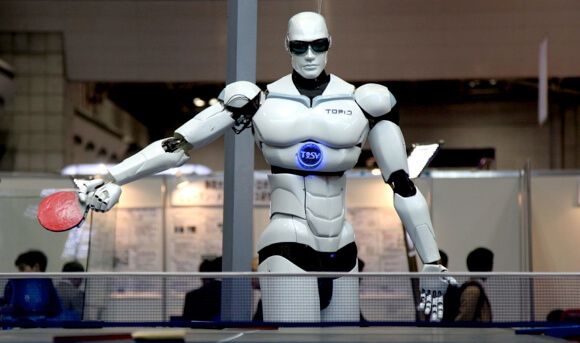Aug 5, 2014
Meet the Online Tracking Device That is Virtually Impossible to Block
Posted by Seb in categories: internet, surveillance
Julia Angwin — Nation of Change
![]()
A new, extremely persistent type of online tracking is shadowing visitors to thousands of top websites, from WhiteHouse.gov to YouPorn.com.
First documented in a forthcoming paper by researchers at Princeton University and KU Leuven University in Belgium, this type of tracking, called canvas fingerprinting, works by instructing the visitor’s Web browser to draw a hidden image. Because each computer draws the image slightly differently, the images can be used to assign each user’s device a number that uniquely identifies it.
















